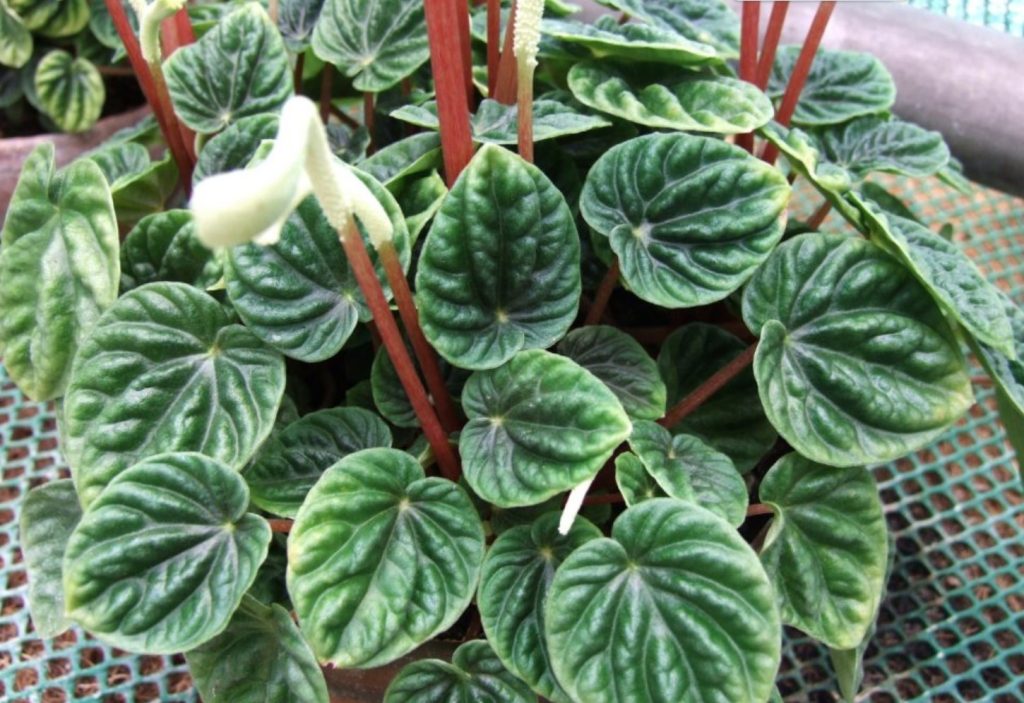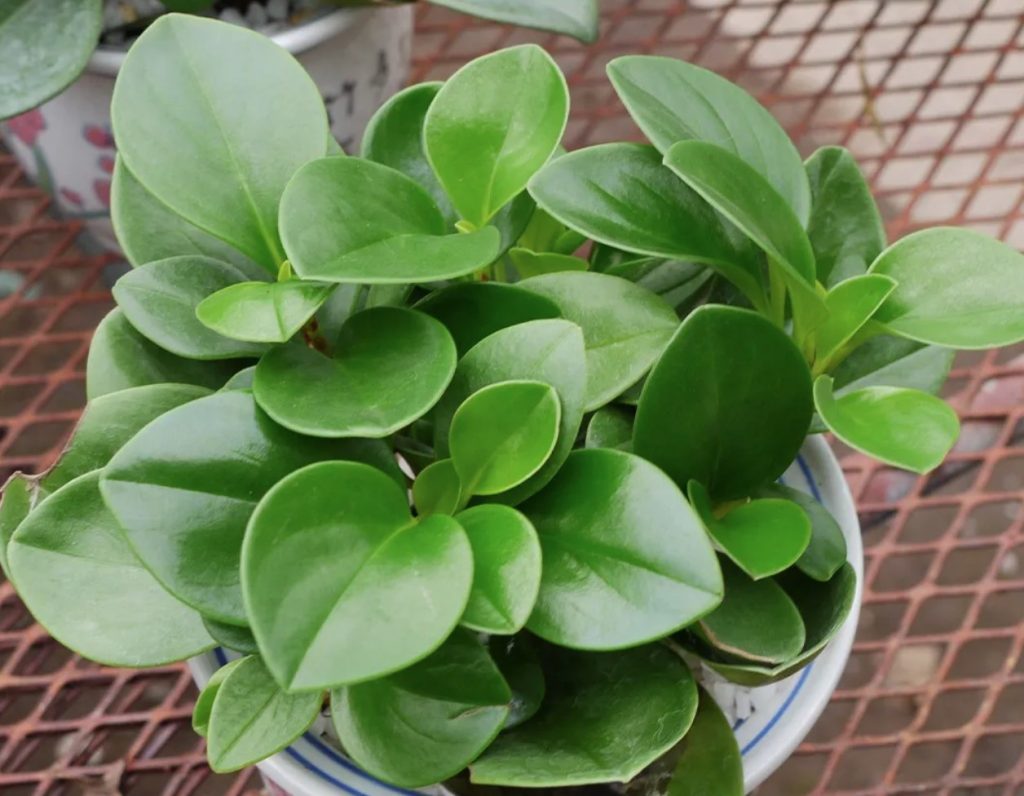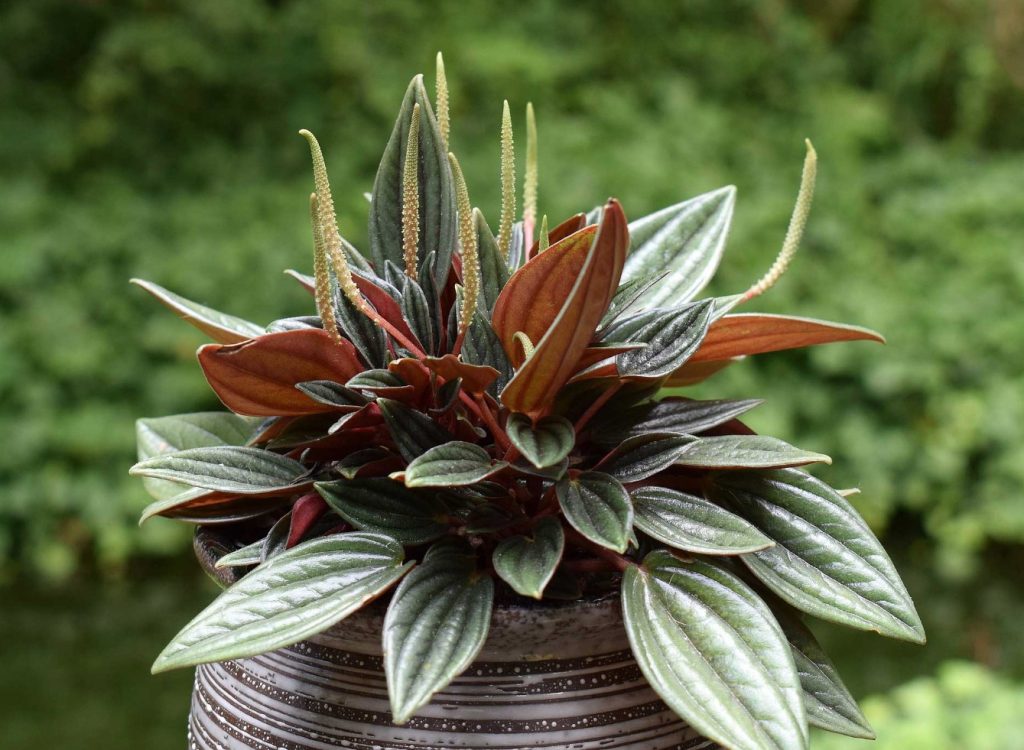
Peperomia plants are a popular choice for houseplant enthusiasts due to their compact size, unique foliage, and ease of care. These versatile plants come in a wide variety of shapes, sizes, and colors, making them suitable for almost any home or office space.
What is a Peperomia Plant?
Peperomia is a genus of flowering plants in the Piperaceae family, which also includes black pepper. They are native to tropical regions of the Americas, Asia, and Africa. Peperomia plants are known for their succulent leaves, which come in various textures, shapes, and colors. Some have smooth, glossy leaves, while others have textured or fuzzy leaves.
How to Care for a Peperomia Plant
Peperomia plants are relatively low-maintenance and easy to care for. Here are some tips for keeping your Peperomia happy and healthy:
- Light: Peperomia plants prefer bright, indirect light. Avoid placing them in direct sunlight, as this can burn their leaves.
- Water: Allow the soil to dry out slightly between waterings. Overwatering is a common cause of Peperomia plant problems.
- Temperature: Peperomia plants thrive in warm temperatures between 65-85°F (18-30°C). Avoid exposing them to cold drafts or sudden temperature changes.
- Humidity: Peperomia plants prefer moderate to high humidity. You can increase humidity by misting the plant regularly or placing it on a pebble tray filled with water.
- Fertilizer: Fertilize your Peperomia plant once a month during the growing season (spring and summer) with a balanced liquid fertilizer.
What is Known About Peperomia Plants?
Peperomia plants have been studied for their potential medicinal properties. Some species contain compounds that have been shown to have anti-inflammatory, antioxidant, and antimicrobial activities. Additionally, Peperomia plants are known for their air-purifying abilities, helping to remove toxins from indoor air.

Solving Common Peperomia Plant Problems
While Peperomia plants are relatively hardy, they can be susceptible to certain pests and diseases. Here are some common problems and their solutions:
- Root rot: This occurs when the plant is overwatered. Allow the soil to dry out completely between waterings.
- Mealybugs: These tiny, cottony insects can infest the plant. Remove them with a cotton swab dipped in rubbing alcohol.
- Spider mites: These tiny pests can cause yellowing leaves and webbing. Increase humidity and treat the plant with insecticidal soap.
Information About Different Peperomia Varieties
There are countless Peperomia varieties available, each with its unique characteristics. Here are a few popular examples:
- Peperomia obtusifolia: This variety has thick, succulent leaves with a glossy finish. It is often referred to as the “Baby Rubber Plant.”
- Peperomia caperata: This variety has wrinkled, heart-shaped leaves with a velvety texture. It is also known as the “Pepper Face.”
- Peperomia polybotrya: This variety has long, trailing stems with small, round leaves. It is often grown as a trailing plant.
- Peperomia scandens: This variety has small, round leaves with a glossy finish. It is a popular choice for hanging baskets.
- Peperomia argyreia: This variety has silvery-green leaves with a metallic sheen. It is also known as the “Watermelon Peperomia.”

Conclusion
Peperomia plants are a wonderful addition to any home or office. Their low-maintenance nature, unique foliage, and air-purifying properties make them a popular choice for plant enthusiasts of all levels. With proper care, Peperomia plants can thrive for years to come.
FAQs
- Can Peperomia plants tolerate low light conditions? While Peperomia plants prefer bright, indirect light, they can tolerate low light conditions for short periods. However, they may not grow as vigorously or develop their full potential.
- How often should I repot my Peperomia plant? Repot your Peperomia plant every 1-2 years or when the roots become pot-bound.
- Can Peperomia plants be grown outdoors? Peperomia plants can be grown outdoors in warm, frost-free climates. However, they are generally best suited for indoor cultivation.
- Are Peperomia plants poisonous to pets? Peperomia plants are not considered toxic to cats or dogs.
- Can I propagate Peperomia plants from cuttings? Yes, Peperomia plants can be propagated from leaf cuttings or stem cuttings.
